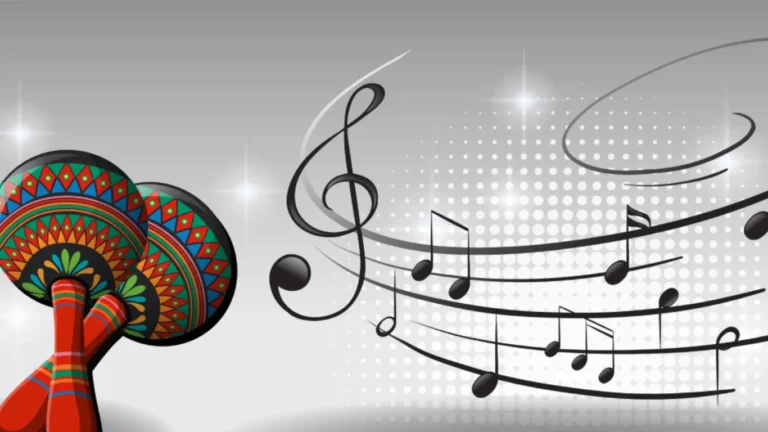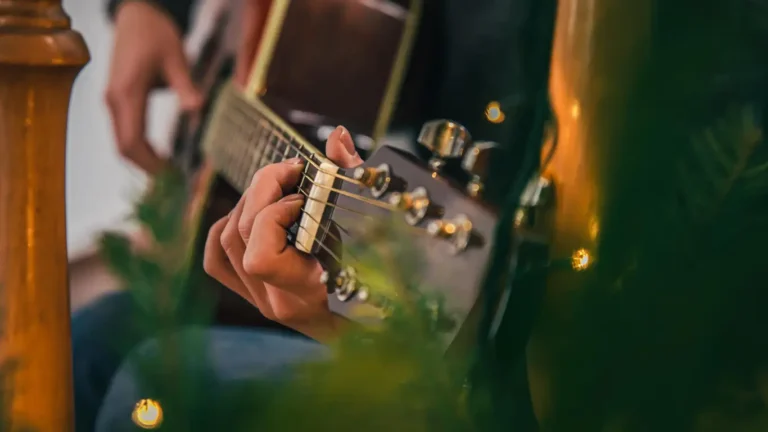Thanks to its vibrant cultural history, Iran’s musical tradition dates back thousands of years. Traditional Iranian instruments, which have played an essential part in establishing the country’s distinct musical landscape, are central to this rich tapestry. These instruments produce delightful songs with significant cultural importance, serving as containers for generations’ emotions and stories. In this article, we will dig into the enthralling world of Iranian musical instruments, studying their various types, emphasizing the importance of Persian string instruments, and honoring the strenuous efforts of individuals and institutions in maintaining this treasured heritage.
Iranian Instruments: An Overview
The diversity of Iranian musical instruments is genuinely awe-inspiring. Each category contributes distinct elements to the realm of Iranian music, from the soulful strings to the resounding percussion and haunting wind instruments. Persian string instruments stand out for their musical nature and emotional resonance. Traditional Iranian instruments are deeply intertwined with the country’s cultural identity and continue to captivate Iranians and music enthusiasts worldwide.
Iranian Instruments Types
Traditional Iranian instruments can be broadly categorized into string, wind, and percussion. Each type offers a unique tonal palette and plays a crucial role in different styles of Iranian music. String instruments, such as the Tar and the Santoor, produce rich, complex melodies that evoke many emotions. Wind instruments, including the enchanting Ney, add an ethereal quality to the music. Meanwhile, percussion instruments, exemplified by the rhythmic Daf, infuse energy and drive into the compositions.
Persian String Instruments
Zeh means wire or string. The instruments in which the vibration of the line in the device causes sound are stringed instruments.
Most stringed instruments have a belly or a bowl at the end of the handle or neck for the curtain and head where the strings are placed. Each of these instruments has several lines stretched from the hooks to the end of the bowl and fixed there by the vault. These instruments are divided into two categories: wound and composite. In general, they can be classified according to the way of playing as follows:
All kinds of string instruments In this section, we will introduce the types of string instruments:
Zehi – Mezrabi
Zehi mezrab string that vibrates the string by hitting it with a finger or mezrab. In Iranian music, strings, setar, tanbour, and in Western music, guitar, harp, mandolin,cello and banjo can be mentioned.
String-bow
Arche means a bow; a wire is used and played with a lump in constructing these instruments. In Iranian music, fiddle, quick, Western music, violin, viola, cello, and double bass are instruments of this type.
string-percussion
The sound in these instruments is created by hitting a hammer-like device on the string. Santoor, piano, and xylophone are among the percussion instruments.
Persian soul-stirring melodies owe much of their allure to the hypnotic string instruments. The beautiful Tar, a classic Iranian lute, represents artistry and culture. Its delicate strings create a dreamy tone that adds charm to both classical and folk music. The Tar weaves intricate melodic patterns as the primary instrument in Persian classical music, enthralling listeners with its expressive tones.
The Santoor, a fascinating hammered dulcimer, is another well-known string instrument. The eerie resonance of the Santoor has evolved through decades, playing an essential role in both Persian classical and contemporary genres. Its varied timbre has made it one of Iran’s most famous instruments, transcending borders and enchanting audiences worldwide.

What Are The Traditional Instruments In Iran?
Traditional Iranian music features many instruments that have been treasured for ages. These instruments are essential in preserving Iran’s cultural history and elicit nostalgia and pride among its people. Traditional Iranian tools include the following:
- Tar: One of the famous instruments that produce a delightful sound and is made by Iranian artists is the “Tar” instrument, which consists of parts called: skin, resonating bowl, wire holder, head of the bow, ears, hands, devil, and handle. This instrument can be considered a stringed family, which uses skin, wood, bone, metal, and string in its construction.
The tar instrument consists of 6 metal strings, which must be placed horizontally on the leg and hit with a mallet in the hand. The length of the string is 95 cm. The first and second strings are tuned together, and the third and fourth strings are adjusted and coordinated. Also, the fifth string sounds the same as the first and second strings, and the sixth string is tuned an octave lower than the first and second strings.
- Santoor: Persian instrument Santoor; the constituent parts of this popular instrument are the safefro, shaitanak, wire grip, phones, sound box, bridges, vault, and wire on the vault. This instrument is considered to be one of the absolute muzrabi string instruments, which is made in the form of an isosceles trapezoid, the centaur is made of metal and wood, and it has 27 sounds, which can be written with the clef of the second line.
- Ney : A Nay instrument musical made from a reed plant known by the same name. The reed, which should be considered a wind instrument, is six knots long and has seven strings. To play its pleasant sound, we must enter the air through the instrument’s opening and put our fingers on its holes to produce different sounds. The scope of this melodious instrument is divided into four musical regions, which four areas include: the high voice, the bass voice, the lower bass voice, the voice of Ghaith, and the voice of Ghaith. The treble clef of the second line is responsible for notation.
- Daf: Persian Daf is one of the famous and popular Iranian instruments used in many joyous gatherings, whose components are: thumb, ring, stud, bow, and skin. Daf is on the list of percussion instruments and is made of leather, wood, and metal. The appearance of this musical instrument is circular, and the sound of tambo along these rings makes the sound of tambo more beautiful. instrumentKamancheh: This Iranian instrument also consists of components such as mouths, base, handle, claw head, vault, shaitanak, wire grip, resonating bowl, and skin, a part of bowed stringed instruments. Wood, bone, skin, and metal are the components of this 75 cm instrument. To play the fiddle, one should sit and place the tool vertically on the leg and start playing with the left hand. About 3 octaves is the usual range of the violin. Notation of this instrument is done with the treble clef of the second line, and it is one fret higher than the Muzrabi instruments.
- Setar: This authentic Iranian instrument, which is very similar to the Tar, its components are as follows:
The handle, the face, the phones, the cord, the resonating bowl, the vault, the claw, the hands, and the demons.
Like the string, the three strings are part of the stringed instruments made of metal, wood, and nylon thread. To play this musical instrument, one should sit just like a stringed instrument, place it on the thigh, and move the thumb of the left hand in line with the handle and on the hands. The three strings are light in weight, so they can be played standing up. At first, the three-string instrument, as its name suggests, had three metal strings, and after some time, Darvishi, a three-string player, added a fourth string to it.
- Oud (Barbat): Another instrument of this Marzo Bom is the “barbat” or “oud,” whose components include: safe ro, khark, string, shaitanak, head claw, bridge, and ears. This old instrument is also a member of the family of stringed string instruments made of wood and bone; the oud consists of 10 strings that are tuned two by two. It should be mentioned that the notation of this instrument is done through the C key of the second line or the F key of the fourth line.
- Tonbak: Tanbak, which is also known as Tonbak, is one of the famous Iranian musical instruments, which consists of a trunk, nadir, small opening, and large opening. This percussion instrument, which is also very joyful, is made of maple, walnut, and mulberry wood. Another name for the device is “Zarb.”
As stated in this article, we tried to give an overview of authentic Iranian instruments and provide you with general information about their appearance, components, and how to play them. Although the range of information regarding these instruments is so broad that it is impossible to include them all in one article, we hope that we have answered your main questions regarding these authentic and pleasing instruments in this article.
Qanun: This instrument is in the family of muzrabi absolute stringed instruments; its components include: mouthpieces, skin, wire holder, bridge, tuning key, vault, safeh roo, and shaitanak, which is made in the shape of a right-angled trapezoid and made with skin, wood, and bone. This original instrument has coated silk or nylon and 82 strings. The sound of the saz qaun in Iran is almost 3 octane, and the note writing of this old instrument is done on two carriers.

Notable Personalities in Iranian Music
Another influential personality is Padideh Ahrarnejad, a trailblazing musician and educator. Her efforts in teaching and promoting traditional Iranian instruments have significantly impacted the next generation of musicians. Through his dedication and passion, the legacy of these instruments has been passed on to a new cohort of music enthusiasts.
Conclusion
Iranian instruments, deeply rooted in the nation’s history and culture, are not mere artifacts of the past. They breathe life into captivating melodies and evoke emotional resonance. Persian musical instruments have enchanted audiences worldwide. As we honor the rich heritage of Iranian music, supporting initiatives like Navasaz Academy and individuals like Ali Massoudi and Padideh Ahrarnejad strive to preserve and promote these timeless treasures. Let us cherish and safeguard this musical legacy for generations to come.
FAQs:
Who are some famous Iranian musicians?
Several notable Iranian musicians are Mohammad-Reza Shajarian, Keyhan Kalhor, and Hossein Alizadeh.
What is the role of improvisation in Iranian music?
Improvisation plays a significant role in Iranian music, allowing musicians to add unique artistic expressions to their compositions.
Are traditional Iranian instruments used in contemporary music?
Current musical compositions frequently integrate conventional Iranian instruments, amalgamating traditional and contemporary musical forms.
How can I learn to play traditional Iranian instruments?
Several music schools and academies, such as Navasaz Academy, offer courses in playing traditional Iranian instruments for aspiring musicians.
What are some popular Iranian musical genres?
Iranian music encompasses various genres, including classical (Radif), folk (Regional music), and traditional (Sufi music), each with its distinct characteristics.
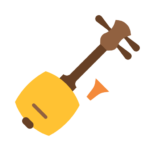 String Instr
String Instr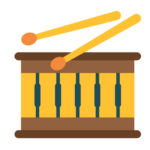 Percussion Instr
Percussion Instr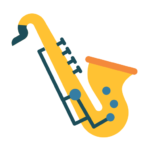 Wind Instr
Wind Instr Keyboard Instr
Keyboard Instr Tools
Tools Books
Books